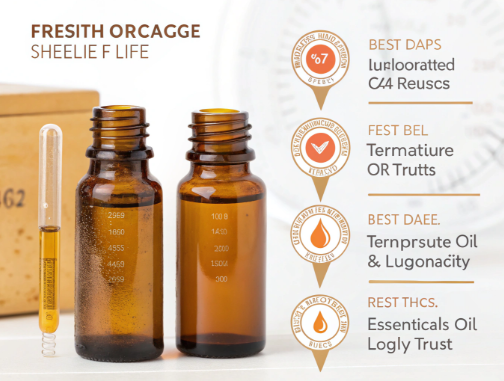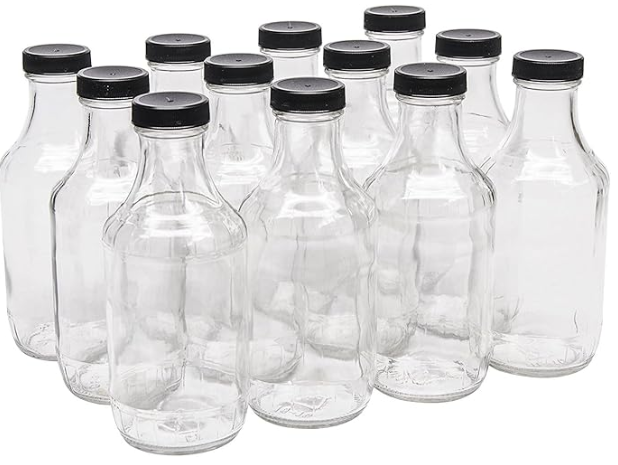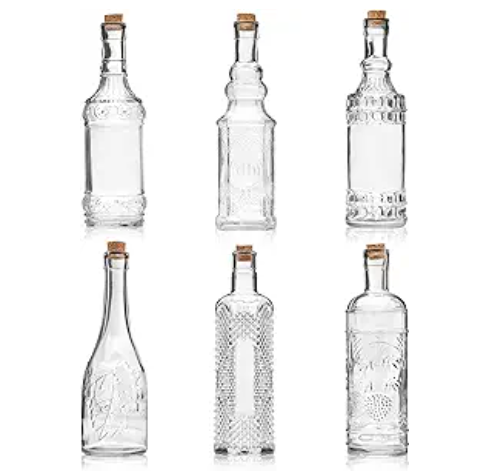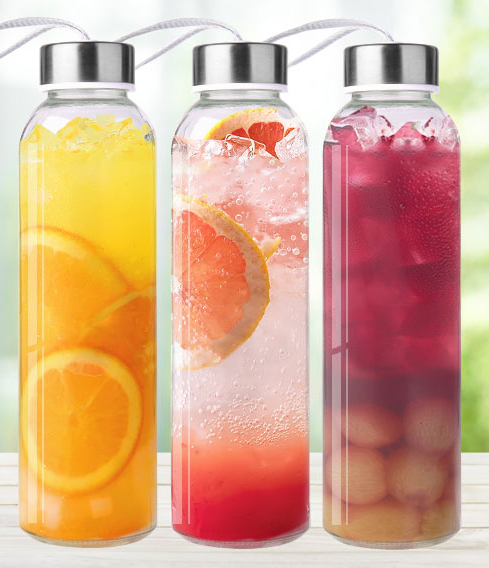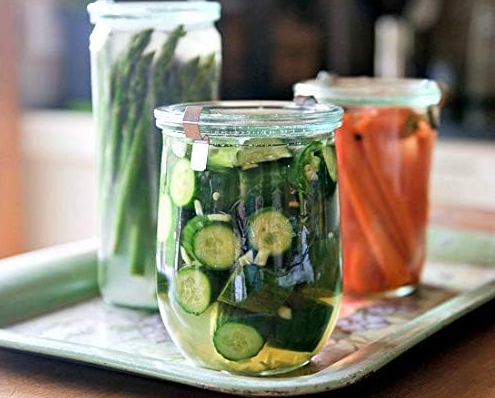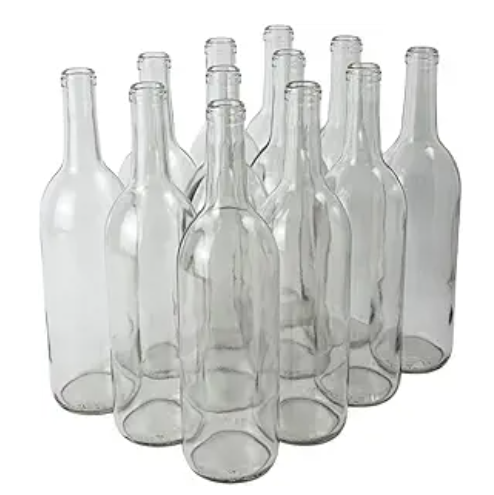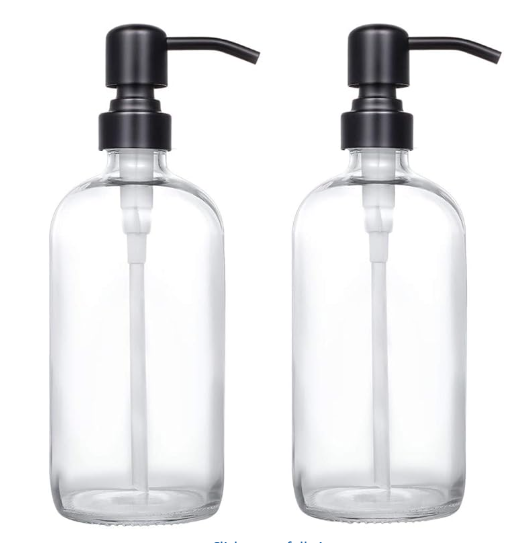Blending essential oils without proper dilution is a fast track to skin irritation—or wasted ingredients. Whether you're making roll-ons, massage blends, or skincare serums, the carrier-to-essential oil ratio matters.
To safely dilute 10mL of essential oil, you should mix it with at least 90mL of carrier oil for a 10% dilution, or up to 990mL for a 1% dilution.
Let’s break down the math, the method, and the safety behind blending essential oils the right way.
How much essential oil for 10ml of carrier oil?
You might be working in reverse: starting with your carrier and wondering how much essential oil to add.
For 10mL of carrier oil, use 1–5 drops of essential oil for mild use (0.5–2.5% dilution), and up to 20 drops for targeted or therapeutic use.
Dilution Chart by Drop Count (assuming 20 drops = 1mL)
| Dilution % | Essential Oil Drops | Ideal For |
|---|---|---|
| 0.5% | 1 drop | Facial use, sensitive skin |
| 1% | 2 drops | Daily body use |
| 2% | 4 drops | Massage, aromatherapy blends |
| 5% | 10 drops | Spot treatments |
| 10% | 20 drops | Perfume rollers, limited area |
At PauPack, our 10mL and 30mL glass roller bottles are ideal for low-volume blends. We also provide reducer inserts and pre-measured dropper caps for accurate dilution without the guesswork.
What is the best ratio of carrier oil to essential oil?
There’s no one-size-fits-all ratio. The right blend depends on the user's age, skin sensitivity, and product purpose.
The best ratio ranges from 1% for sensitive use to 10% for perfumes or localized treatments. A 2–3% dilution is considered safe for most adults.
Ratio Guidelines for Common Use Cases
| Use Case | Recommended Ratio |
|---|---|
| Facial oils | 0.5%–1% |
| Body oils | 1%–3% |
| Massage blends | 2%–5% |
| Perfumes (roll-ons) | 10%–30% |
| Children or elderly | 0.25%–1% |
Need help bottling your blends? PauPack offers full OEM services with custom bottle sizing, dropper design, and label printing—ideal for skincare or wellness brands scaling up.
What is the 30/50/20 rule for essential oils?
If you're creating a blend—not just using one oil—you’ll want it to evolve as it diffuses or wears. That’s where the 30/50/20 rule comes in.
The 30/50/20 rule helps structure an essential oil blend using 30% top notes, 50% middle notes, and 20% base notes for a balanced fragrance experience.
Example Blend for a 10mL Essential Oil Mix
| Note Type | % of Blend | Drops (out of 200) | Example Oils |
|---|---|---|---|
| Top | 30% | 60 drops | Lemon, eucalyptus, peppermint |
| Middle | 50% | 100 drops | Lavender, rosemary, clary sage |
| Base | 20% | 40 drops | Patchouli, cedarwood, myrrh |
PauPack supports blend developers with pre-tested dropper bottles and wide-mouth filling designs—minimizing waste during hand-filling or automation.
How do you make a 10ml essential oil bottle?
Whether you’re crafting for retail or DIY gifting, filling a 10mL essential oil bottle is simple—but precision is key.
To make a 10mL essential oil bottle, measure your essential oil blend, use a mini funnel or pipette to fill, cap tightly, and label with dilution and ingredients.
Quick Assembly Checklist
-
Clean and sanitize your bottle
-
Insert orifice reducer or rollerball (if used)
-
Fill up to shoulder—not to brim—to allow cap clearance
-
Cap securely and shake lightly to mix
-
Apply label with blend name, ratio, and usage notes
At PauPack, we offer customized 10mL bottles in amber, clear, and frosted glass—plus screen printing, logo stamping, and QR-code-ready labeling to help indie brands look fully polished.
Conclusion
Getting the carrier-to-essential oil ratio right isn’t just about math—it’s about safety, performance, and product experience. Start with proper dilution, blend with intention, and package with care for a product that earns customer trust drop after drop.



